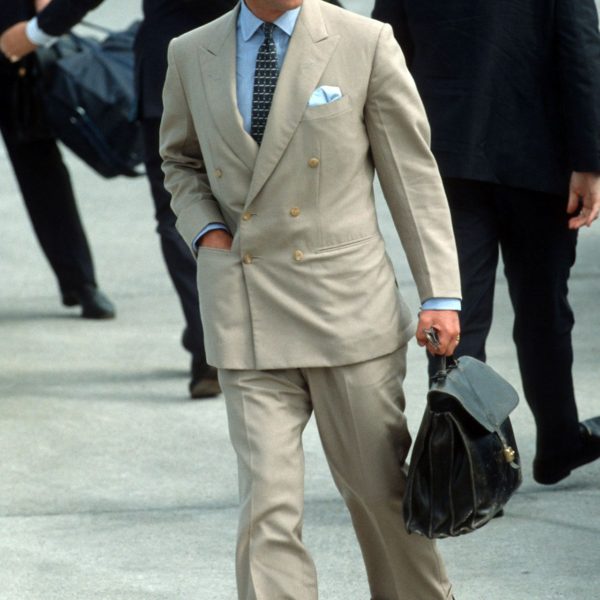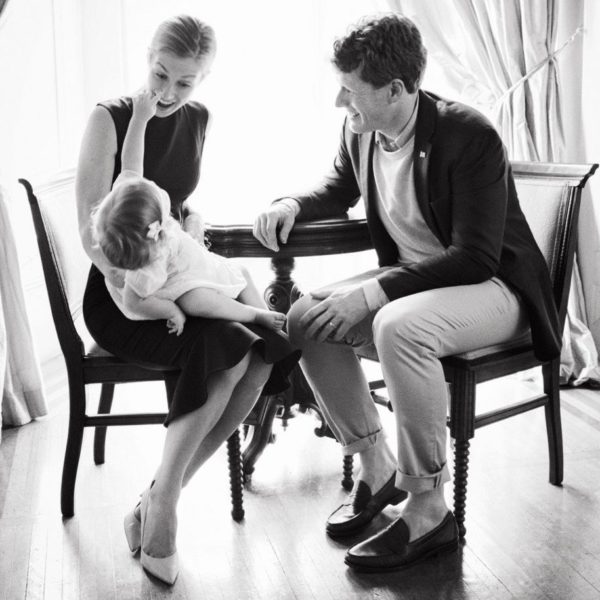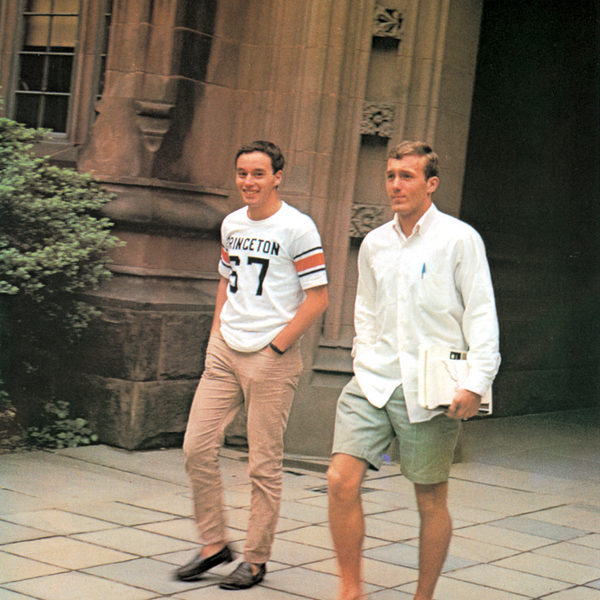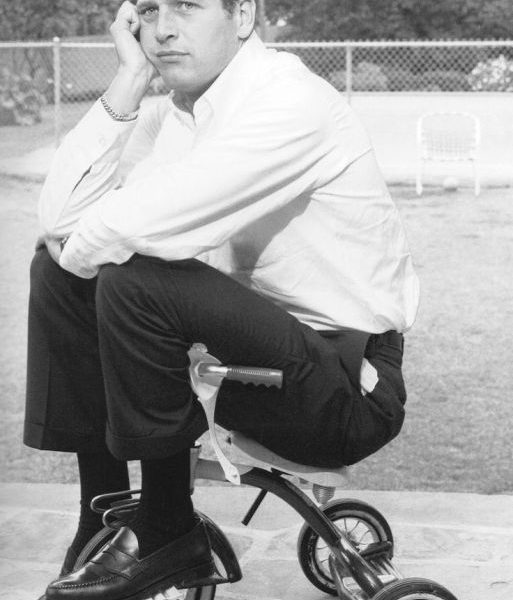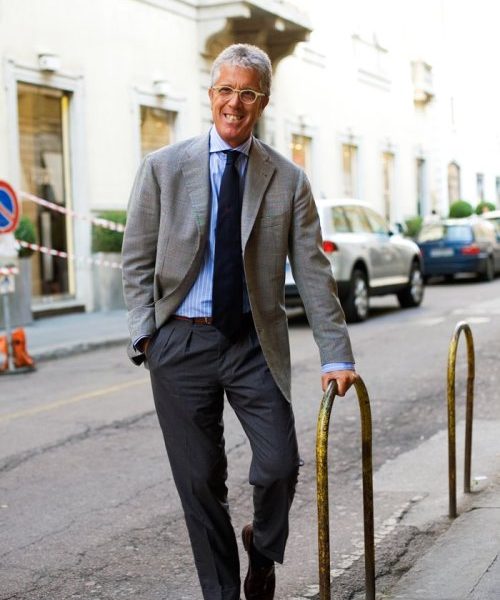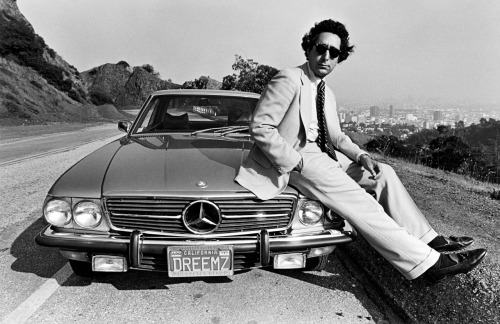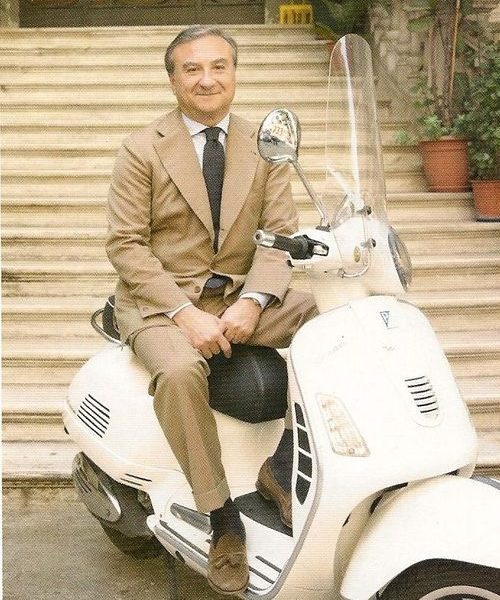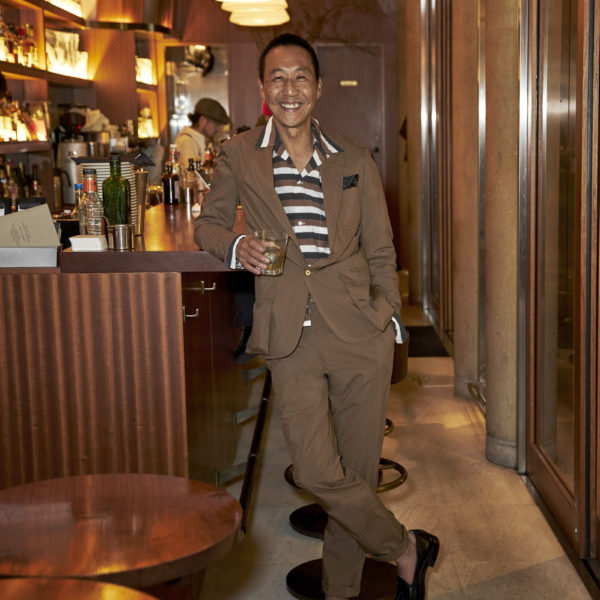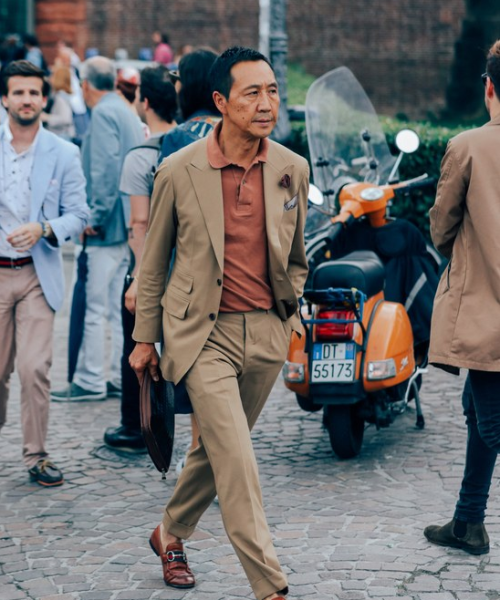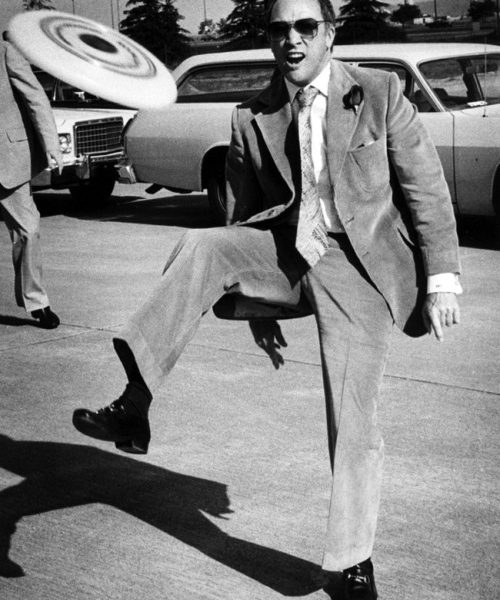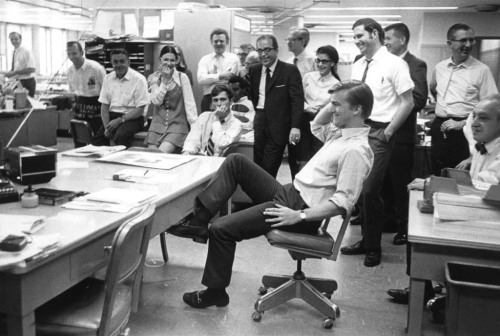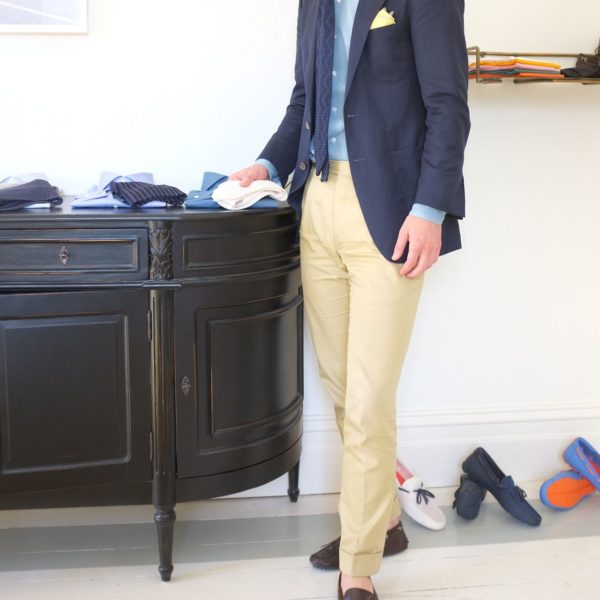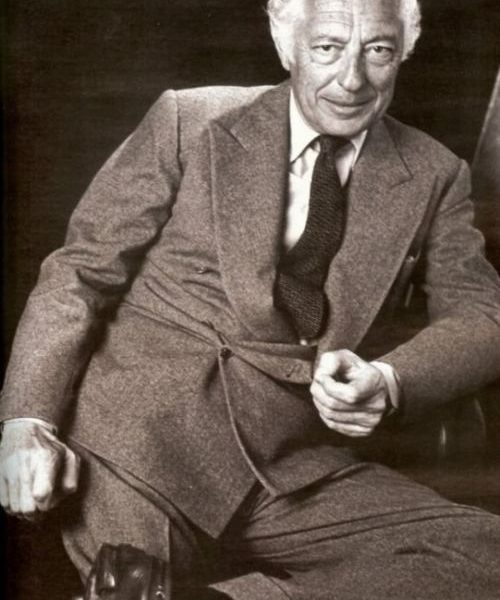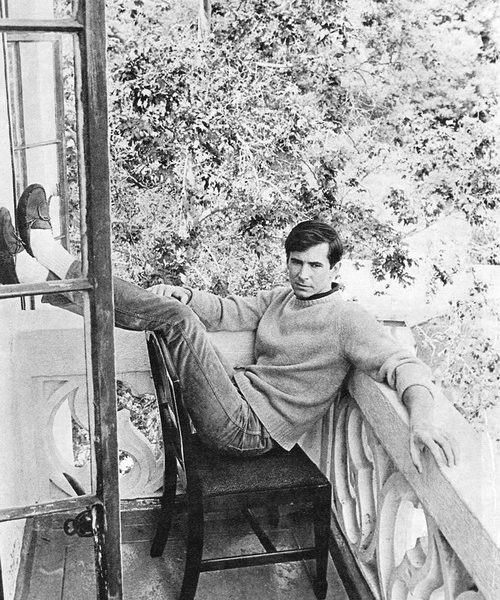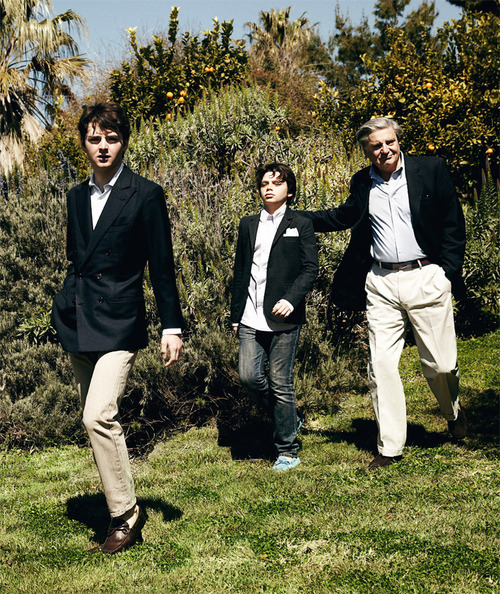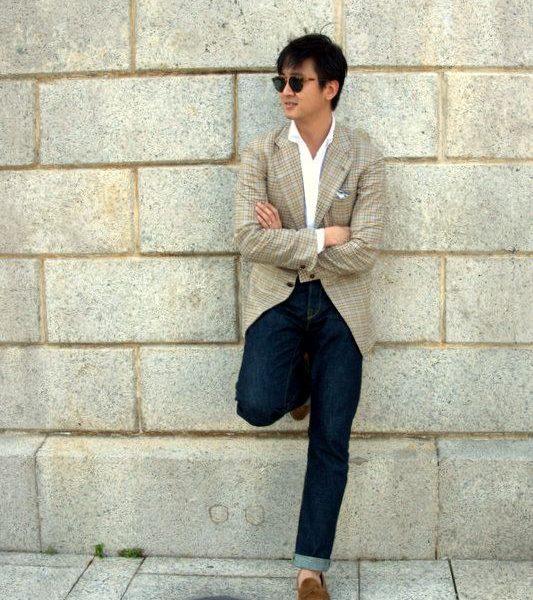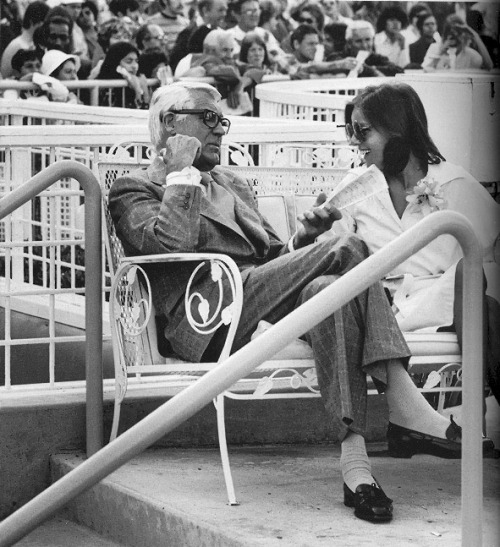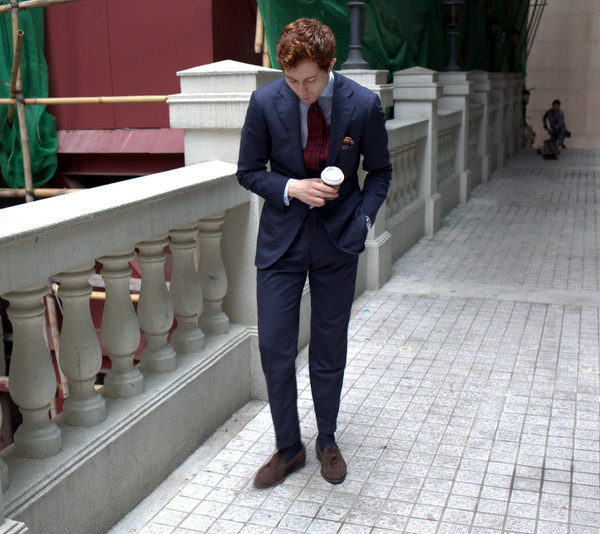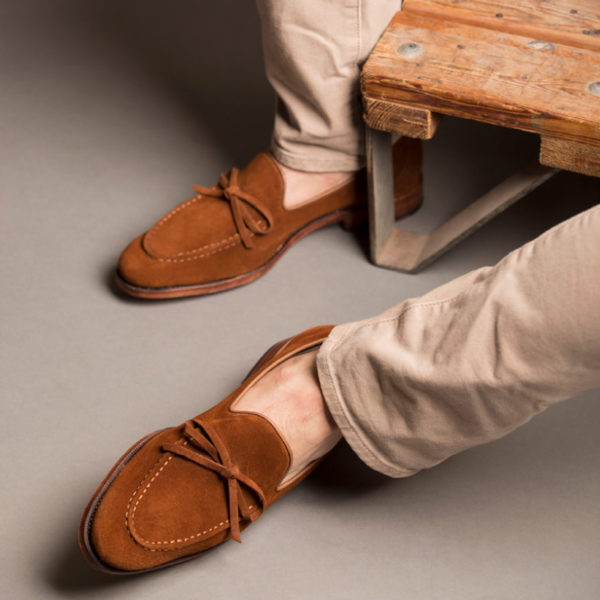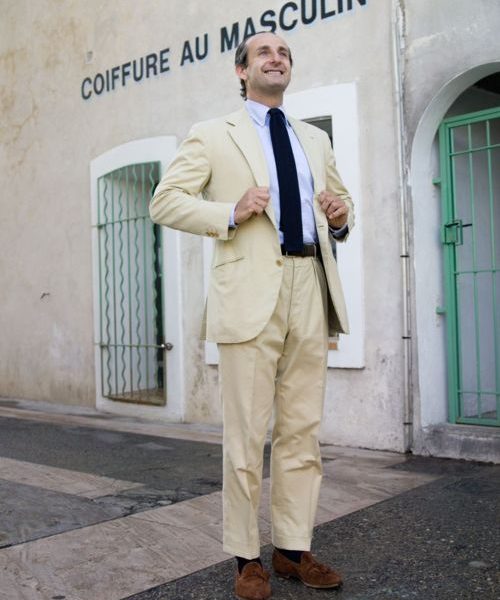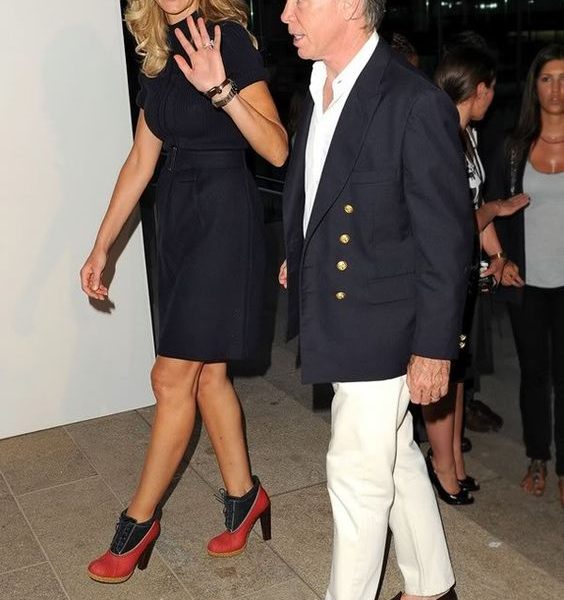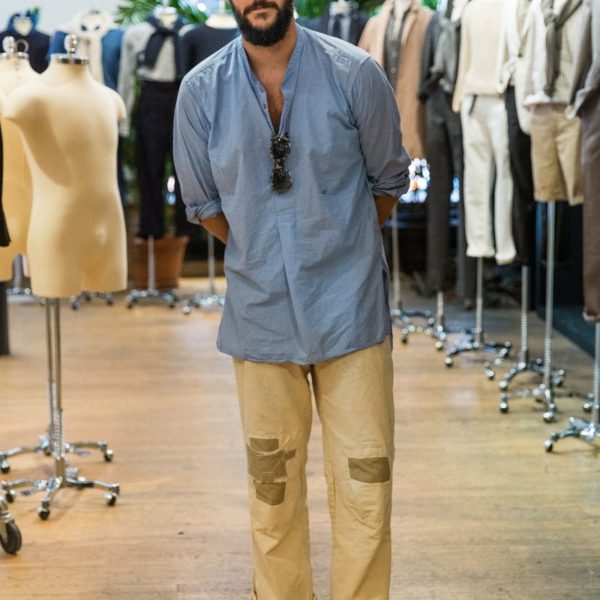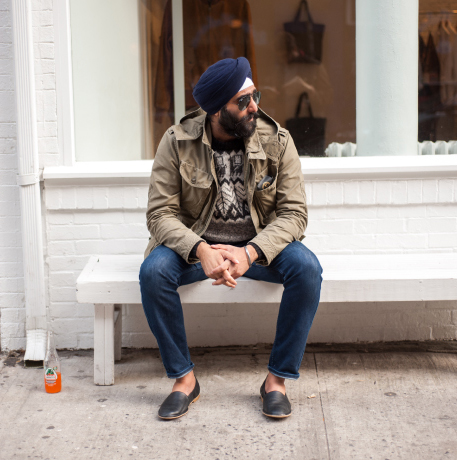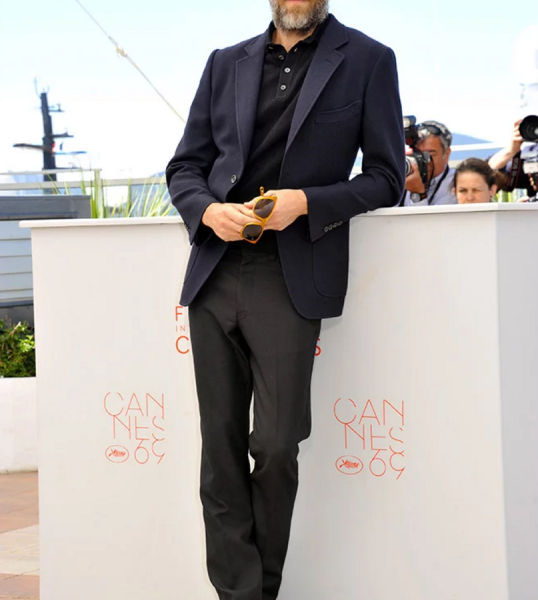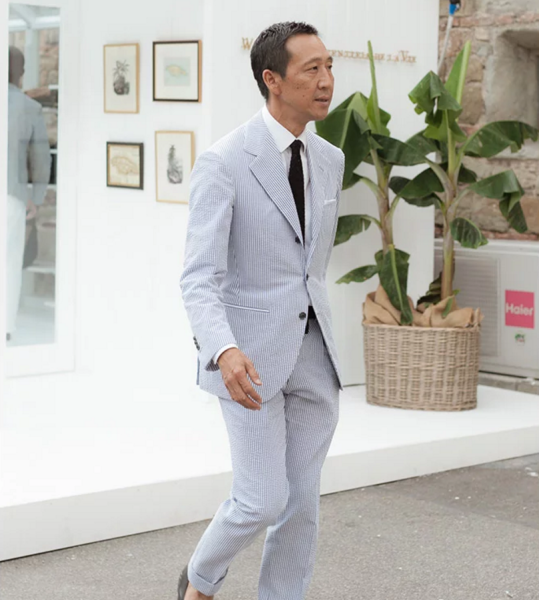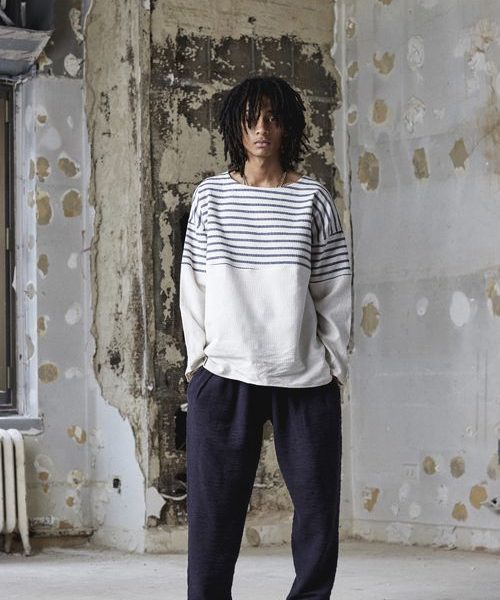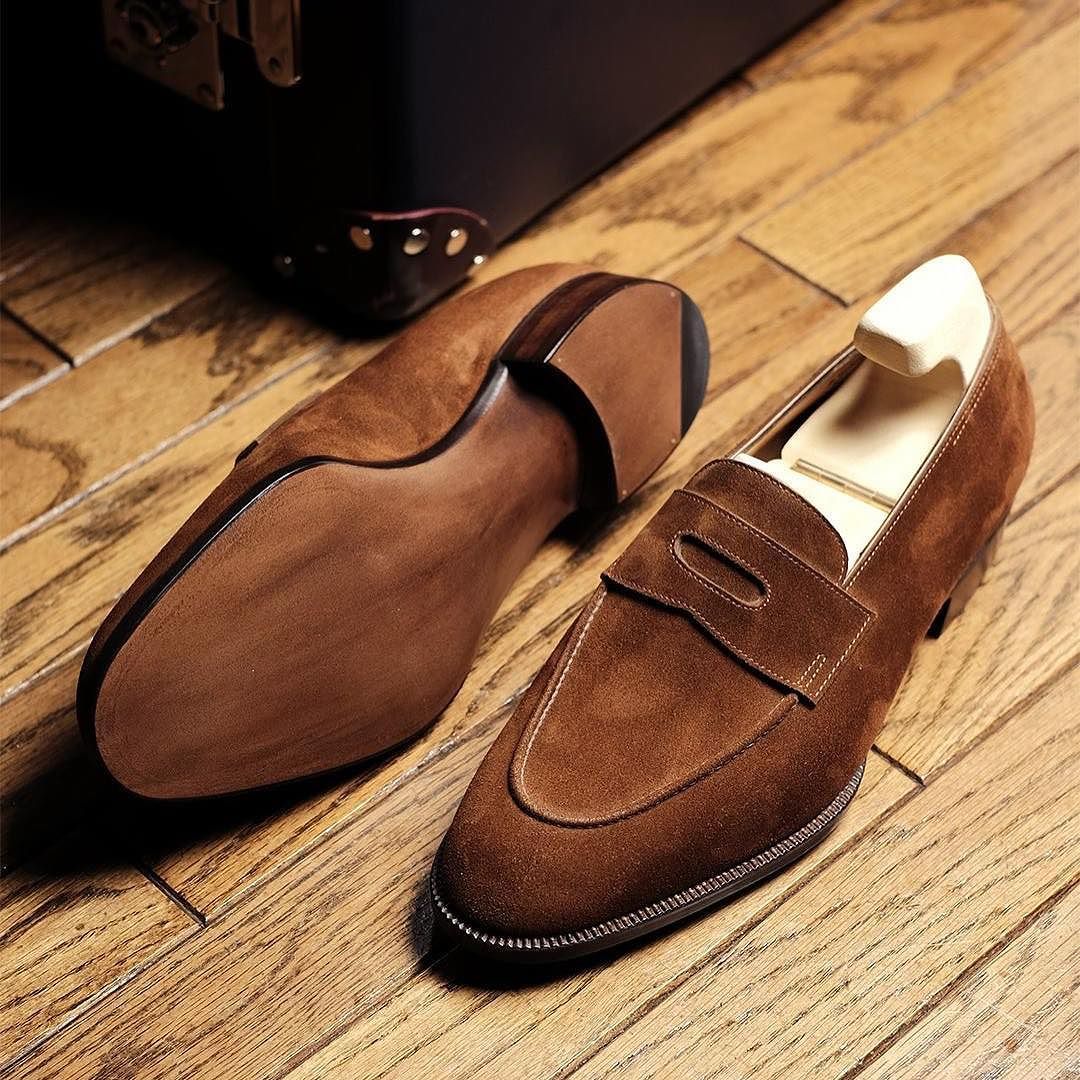
Few things define summer style like a pair of slip-on shoes. Whether they’re camp mocs or penny loafers, or more aggressive designs such as horsebits, slip-ons carry the kind of louche, carefree character that has always been associated with warm-weather wardrobes. They’re easy to put on; easier to take off. They look great sockless, which is useful on hot days. And they’re just generally more lounge-y than a pair of lace-ups of any variety.
It can take a while, however, to find a pair that’s right for you. For one, you have to pay a bit more attention to fit. Lace-ups can be tightened or loosened, which means you have a bit of wiggle room in terms of sizing. Slip-ons, on the other hand, have to fit like a glove and stay on your feet. Get professionally measured for your Brannock size, if you haven’t already, and then see which styles and sizes work for you. Pay attention if the sides of your shoes bow out when you’re standing up — if they do, the shoes don’t fit correctly. If the shoes are traditionally built, you may notice a bit of heel slippage at first, but that’ll go away once the soles soften up. Try to buy from places where you can get reliable customer service, ideally ones that can see you in-person and give sizing advice.
If you’re looking for a new pair this summer, we’ll cover a dozen styles in this two-part guide — ranging from things you can wear with traditional tailored clothing to contemporary styled casualwear. We’ll talk about the different ways you can wear each style and recommend some models. Here’s to finding your perfect pair slip-ons this summer.

Penny Loafers
Of all the styles you can choose from, the penny loafer is the most unassailable. It was the sine qua non of the post-war Ivy Look. Often worn with Shetland sweaters, flat front chinos, and tweed sport coats, they were the choice of Ivy League students across the East Coast, later finding broader appeal through Esquire. More than being an Ivy shoe, however, penny loafers embody the kind of casual, dressed-down style that the US has always championed (much like button-down collars, in that sense). In fact, that’s what originally made them popular with students, who wanted something comfortable and smart, but sufficiently casual to avoid looking corporate.
You can wear penny loafers with anything that can be roughly described as classic — navy sport coats with chinos, casual suits, button-down collars with jeans, or even just shorts and a t-shirt. Depending on where you live, they can work three seasons out of the year. They’re dressy enough for the office; casual enough for weekends. They ride the line between oxfords and sneakers.
The key to making them work is in the design’s details. Penny loafers from brands such as Rancourt, Quoddy, and Oak Street Bootmakers, for example, have rounder toe boxes and saddle-sewn aprons, which makes them easier to wear with jeans. The design derives from the old Norwegian and American Weejun method of making loafers: two pieces of leather form the uppers (one for the plug and the other for the sides). They’re then conjoined using a handsewn saddle stitch. If worn hard enough, that stitching will loosen up a little. Back in the day, students used to duct tape their penny loafers as they were falling apart, which for some was a mark of pride.
Compare those against the more urbane loafers from Edward Green, Carlos Santos, Meermin, and Carmina. Their toes are sleek and shapely; the apron is smoother and more refined. These can look more harmonious with casual suits and sport coats, but they can be too dressy for jeans or shorts. For something between these two worlds, try Alden, JM Weston, and certain loafers from Crockett & Jones (particularly the Boston and Harvard models).
Options: Edward Green, JM Weston, Carmina, Rancourt, Alden, Brooks Brothers, Lof & Tung, Crockett & Jones, Meermin, Oak Street Bootmakers, and Paul Evans
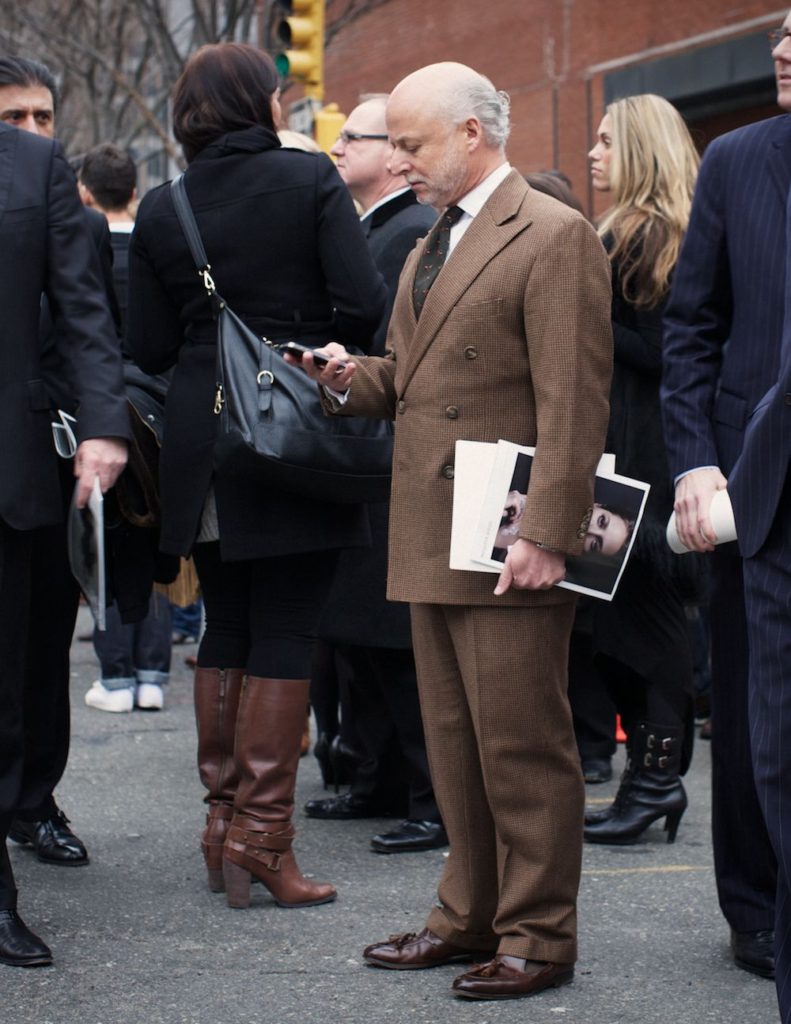
Tassel Loafers
Tassel loafers have always been controversial. In 1992, when George Bush Sr. ran against Bill Clinton for the presidency, he accused Clinton of being supported by “every lawyer that ever wore a tasseled loafer.” The idea, of course, was that a tassel suggested a certain kind of person — monied Wall Street bankers, corporate executives, and conniving lawyers. Tassel loafers came back into fashion a few years ago with the prep-set, but they were often worn with critter pants and skin-tight suits, which only helped underscore the idea that this style is for jerks.
Still, I think they can be worn tastefully. Black tassels can be used with suits, although I prefer brown suede and #8 shell cordovan with sport coats. Being a leisure shoe, they go well with the kind of tailored clothes you’d want to wear when it’s warm. The key is to make sure your jackets don’t fit too tight, as otherwise the tassels can look a bit precious. I also like them with more conservative clothes – a navy sport coat with tan trousers and a striped blue shirt – as the shoes already make a statement.
Some notable models: Alden is great, if only because of provenance. They are, after all, the inventors of the style, having introduced it in 1952 at the behest of Paul Lukas (who wanted something like the shoes he brought back from Europe). The company also makes a similar model for Brooks Brothers, which has a skin-stitched heel counter for a more causal look.
My favorites are the ones with looser, lower hanging tassels, which look jauntier than Alden’s straight-lace model. See Crockett & Jones’ Cavandish, Ralph Lauren’s Marlow, or Allen Edmonds’ Acheson. Get dark brown for versatility; black if you want to make a statement.
As for the eternal question of whether tassel loafers are for old guys, the answer is yes. Which is also why anyone can wear them.
Options: Alden, Brooks Brothers, Carmina, Crockett & Jones, Paolo Scafora, Carlos Santos, Lof & Tung, Allen Edmonds, George Cleverley, Oak Street Bootmakers

Horsebit Loafers
Like tassel loafers, horsebits also come with a bit of controversy. Part of this is because, up until the First World War, it was the English who set men’s footwear conventions, and they favored laced-up oxfords in the city and heavier brogues in the country. It was only until the Americans popularized penny and tassel loafers that that slip-ons gained greater acceptance. And even then, they’ve always been looked at with a bit of suspicion. Today, a conservative oxford will say little about you. A penny or tassel loafer, on the other hand, can come with some preppy connotations. And horsebits will be flashier still, often associated with Italian style and a certain kind of arriviste character.
The most iconic horsebit style is from Gucci, which was originally designed in the 1930s, just as the penny loafer was taking off. Their sleeker Jordaan model became somewhat fashionable last year, but it’s since burnt out a little. For a more classic look, go for their 1953 design. Alternatively, companies such as Alden and Carmina make slightly more conservative or sleeker version of the Gucci.
Horsebit loafers are good if you like flashier Italian styles. They work with everything from suits to sport coats, plain colored sweaters to softer lambskin leather jackets. They can have a bit of a sleazy quality to them, but depending on your wardrobe, they can also be worn well. Like with almost anything off the beaten path, it helps here to be honest about how you look in the mirror.
Options: Gucci, Carmina, Alden, Rancourt, Oak Street Bootmakers
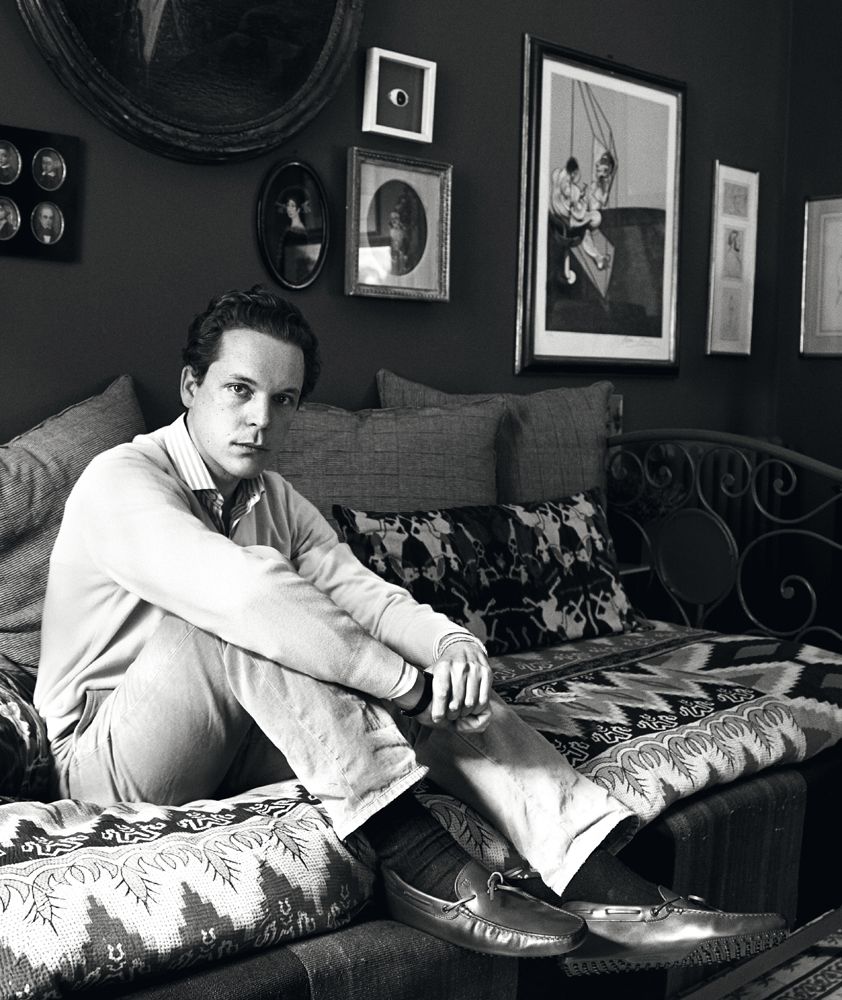
Driving Shoes
If horsebit loafers are too flashy for you, but you generally like more Continental styles, consider driving mocs. They’re mostly famously associated with Gianni Agnelli, who had to wear a pair after his car accident in 1953. As the story goes, his then lover, Pamela Harriman, caught him with another woman, and while he was fleeing, he crashed his Ferrari into the back of a lorry. The accident left him with a bad foot, so he needed to wear soft, more comfortable shoes.
Comfort is one of the few things drivers have going for them, but they have it in spades. When they’re made well, they’re glove-soft, flexible, and incredibly lightweight, which makes them feel like a dressier alternative to sneakers. They also look great with jeans or a casual suit, and are conveniently easy to slip on.
The downside is that they don’t last terribly long. With regular wear, you can maybe get a season out of them, and sometimes not even that. Those rubber nubs on the bottom of the soles simply don’t last long on hot concrete. Thus, they’re best left to driving or short walks. I wear mine when I’m just going a few blocks away from my apartment, to a favorite restaurant where I typically buy my lunch. They do well with the sort of clothes most people associate with business casual — v-neck sweaters layered over dress shirts; sport coats and tailored trousers. I think they look a little better in subtly textured pebble grains and suede.
Options: Tod’s, Car Shoe, L’Bardi, Arfango
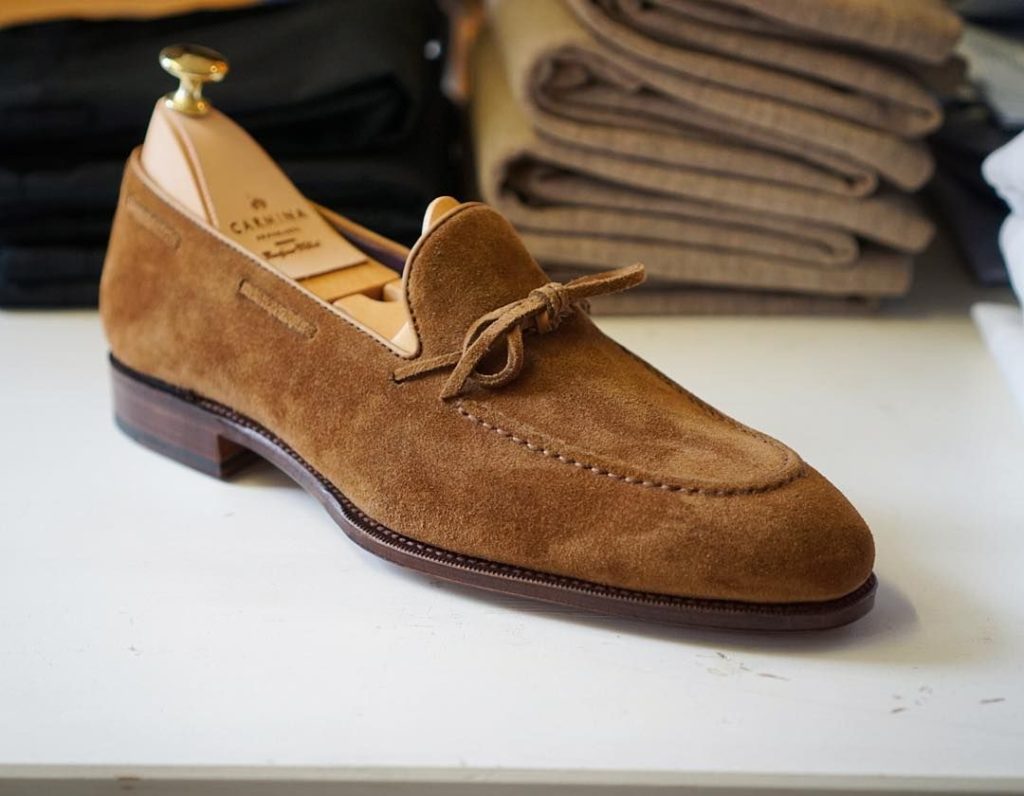
String or Tie Loafers
String loafers are like a slightly sturdier, more reliable version of the driving moc. They have the jauntiness of that string at the vamp, but a traditional Goodywear welted, Blake sewn, or cemented sole construction. And since they offer more support, they’re also more comfortable for all-day wear and long walks.
The most famous string loafer is by GJ Cleverley, specially designed and commissioned as a bespoke slip-on for Alexis von Rosenberg, the Baron de Redé,. The Baron was one of the firm’s most famous customers, supposedly ordering a few hundred of Cleverley’s bespoke shoes over his lifetime. His home had hidden, built-in closets, which spanned his rooms from floor to ceiling. And behind each of those walls were racks of Cleverley shoes — most of which were multiples of the same style. He was most known for four styles: black cap-toe oxfords (four-eyelets, of the Baron’s design); black imitation brogues for day wear; opera pumps for entertaining guests; and a signature string loafer made with a braided rope. Today, GJ Cleverley sells that same style as part of their bespoke offerings, as well as in the form of a ready-to-wear shoe in their Anthony Cleverley collection.
The Cleverly model is jaunty and distinguished, but it’s also a little flashy and daring (especially since the design has a crisper looking chisel toe). For something easier to wear, consider Carmina, Lof & Tung, Meermin, or Barbanera. The Carmina version has been a favorite of online style enthusiasts for a few years now; Meermin’s comes in a more comfortable unlined design. The style is a little flashier than a penny loafer, but you can basically wear these any time you would choose a driving moc.
Options: Carmina, Lof & Tung, Meermin, Barbanera, GJ Cleverley
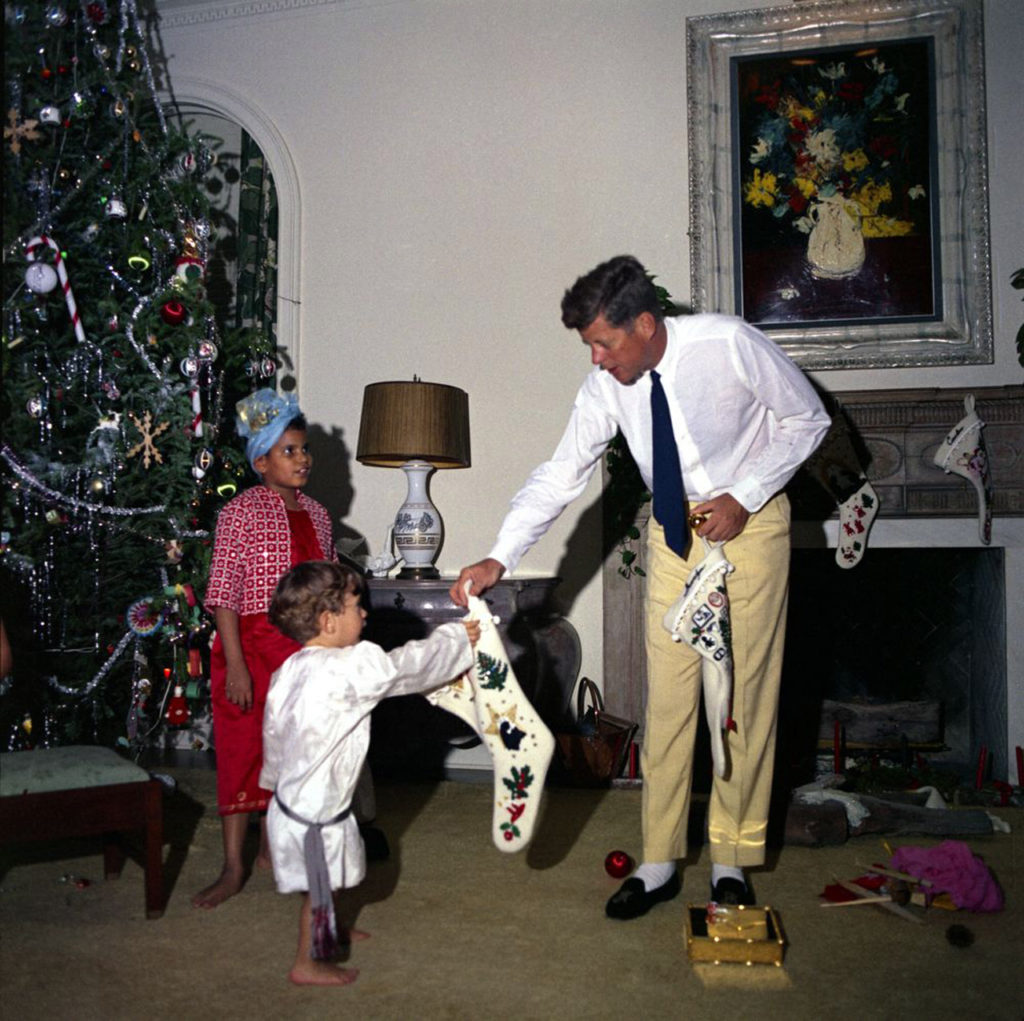
Belgian Shoes and Prince Alberts
Susan Sontag once admonished that there’s a delicate relationship between parody and self-parody. “When self-parody lacks ebullience but instead reveals (even sporadically) a contempt for one’s themes and one’s materials – as in To Catch a Thief, Rear Window, North by Northwest — the results are forced and heavy-handed, rarely Camp.”
That’s how I feel about daintier slip-ons such as Belgian shoes and Prince Alberts. Famously described as the shoes of art dealers, Belgian shoes are soft, lightweight shoes that are more comfortable their Prince Albert counterparts. Both are mostly considered indoor shoes, although they can also be worn outside.
Belgians and Prince Alberts work well if your style leans prep, but I like them more in less traditional contexts. My friend Agyesh from Stoffa wears them with suede leather jackets and pleated trousers. He says he finds they help round out his rougher edges (Agyesh has a scruffy beard and very masculine look). Similarly, I like how Antonio from Eidos wears them in this GQ feature with patchwork chinos and a kurta. Like horsebit loafers, you can wear them these more traditionally with a navy blazer and chinos, but just be careful you don’t look like a jerk.
Alternatively, you can try slightly more modernized versions of either style. Baudoin & Lange sells Belgian style shoes without the little bow. Christian Kimber, Singh & Son, and Barbanera have newer version of Prince Alberts that could work with more contemporary styled wardrobes. Designers such as Christophe Lemaire feature these sorts of slip-ons often in their runway presentations.
Options: Belgian Shoes, Baudoin & Lange, Rubinacci, Velasca, Foster & Son, Crockett & Jones, Stubbs & Wooten, Del Toro, Lof & Tung, Christian Kimber, Singh & Son, Barbanera
